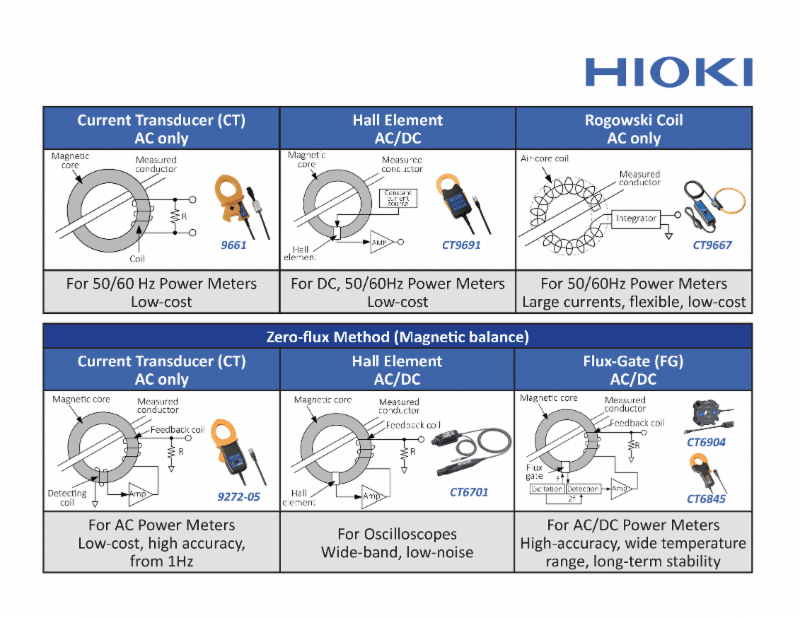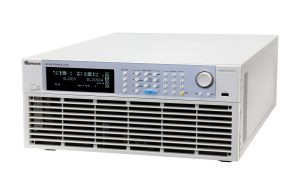HIOKI’s new 12-channel Battery Cell Voltage Generator SS7081-50 allows you to efficiently build a BMS test environment by simulating batteries or power supplies safely instead of actual batteries. At the same time, the system also offers the high-precision voltage and current measurement capability for minuscule current measurements.
The SS7081-50 facilitates performance and safety evaluation of battery management systems (BMS) used in lithium-ion battery modules or packs of EVs, energy storage systems, or uninterruptible power systems (UPS) by simulating batteries, power supplies or electronic loads. The simulated parameters and cell conditions enable to test a BMS environment more precisely, efficiently, and much safer than with using actual batteries.
Multiple units, each capable of simulating 12 cells, can be connected to create a multi-cell environment with testing parameters that would be difficult to reproduce with actual batteries. This capability eliminates the cost of preparing numerous power supplies and electronic loads as well as the time that would be required to wire them together and fabricate large systems capable of controlling them.
Another unique malfunction simulation enables to reproduce open-wire failures between cells and the BMS. This function is also integrated in SS7081-50 providing a solution without usage of an additional external open test kit.
In addition, the instrument provides high-precision voltage and current measurement capability so that researchers and developers can evaluate increasingly sophisticated BMS functionality that is key in estimating the state of charge (SOC) more accurately and ensure a longer life cycle of LIBs. The system also provides a minuscule current range of 100µA that is ideal for measuring quiescent current or standby current.
DEVELOPMENT BACKGROUND
Alongside the growth of the EV market, the demand for LIB packs growing, and R&D programs targeting associated technologies such as sophisticated BMS boards that can monitor and control efficient and safe battery usage are accelerating as well.
Battery Management Systems (BMS) are used to monitor and optimally control the capacity and other parameters of cell systems with the objective to eliminate variability when individual cells exhibit imbalances in order to make full use of the battery’s capacity and prevent incidents such as excessive charging which would cause fire or explosion and excessive discharging that would degrade the battery performance.
Against this backdrop, development of sophisticated BMS boards that can efficiently and safely control batteries is set to increase in the future, and this trend will likely drive up demand for the ability to easily and accurately evaluate those boards.
TECHNICAL INFORMATION
| SS7081-50 | |
| Max output voltage (in series) | Up to 1000 V |
| Voltage output accuracy | ±0.0150% of setting ±500 μV |
| Current measurement accuracy | 1 A range: ±0.0700% of reading ±100 μA 100 μA range: ±0.0350% of reading ±10 nA |



